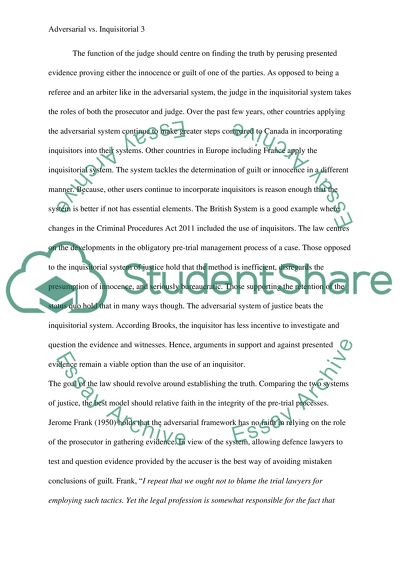Cite this document
(“Adversarial vs Inquisitorial Essay Example | Topics and Well Written Essays - 2000 words”, n.d.)
Adversarial vs Inquisitorial Essay Example | Topics and Well Written Essays - 2000 words. Retrieved from https://studentshare.org/law/1669686-adversarial-vs-inquisitorial
Adversarial vs Inquisitorial Essay Example | Topics and Well Written Essays - 2000 words. Retrieved from https://studentshare.org/law/1669686-adversarial-vs-inquisitorial
(Adversarial Vs Inquisitorial Essay Example | Topics and Well Written Essays - 2000 Words)
Adversarial Vs Inquisitorial Essay Example | Topics and Well Written Essays - 2000 Words. https://studentshare.org/law/1669686-adversarial-vs-inquisitorial.
Adversarial Vs Inquisitorial Essay Example | Topics and Well Written Essays - 2000 Words. https://studentshare.org/law/1669686-adversarial-vs-inquisitorial.
“Adversarial Vs Inquisitorial Essay Example | Topics and Well Written Essays - 2000 Words”, n.d. https://studentshare.org/law/1669686-adversarial-vs-inquisitorial.


